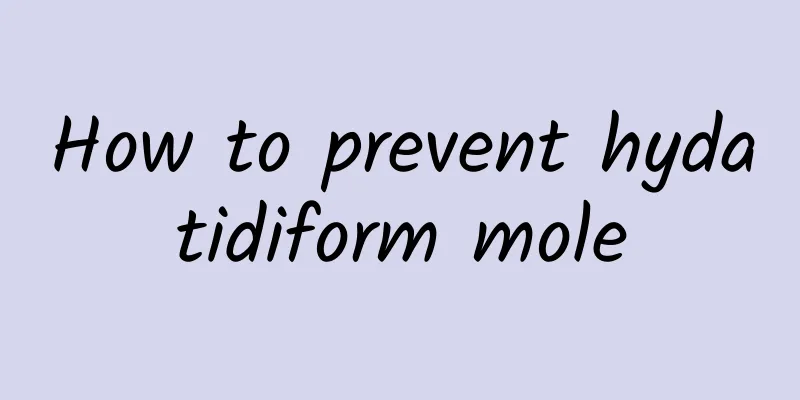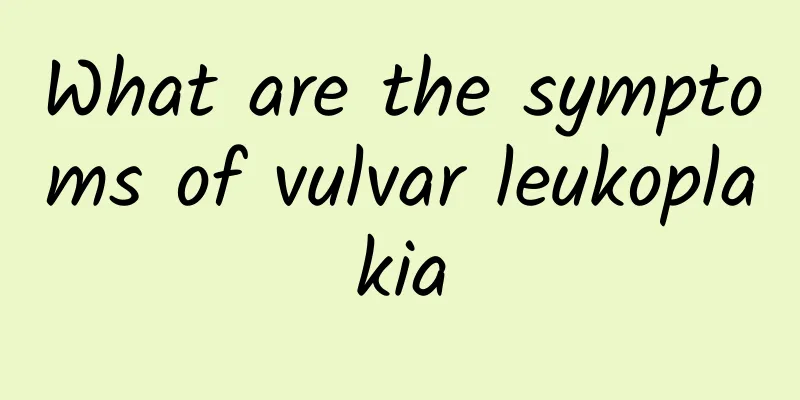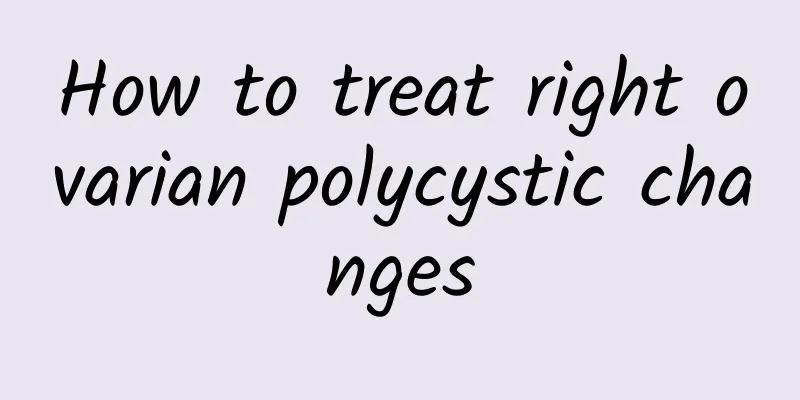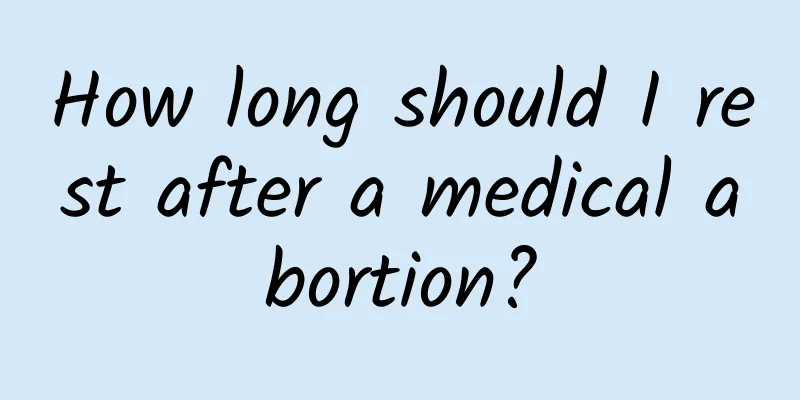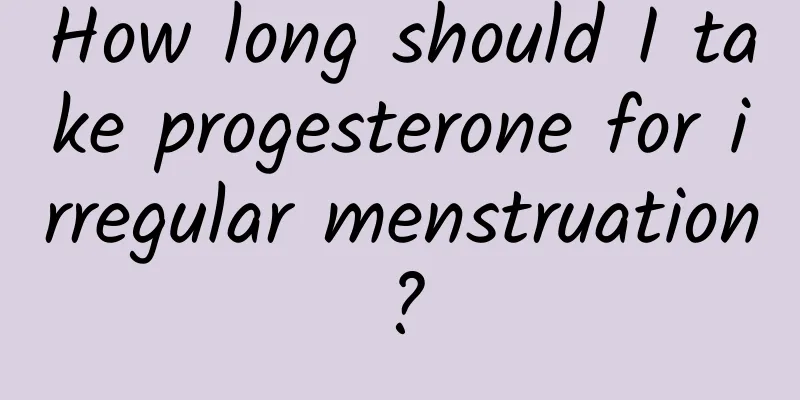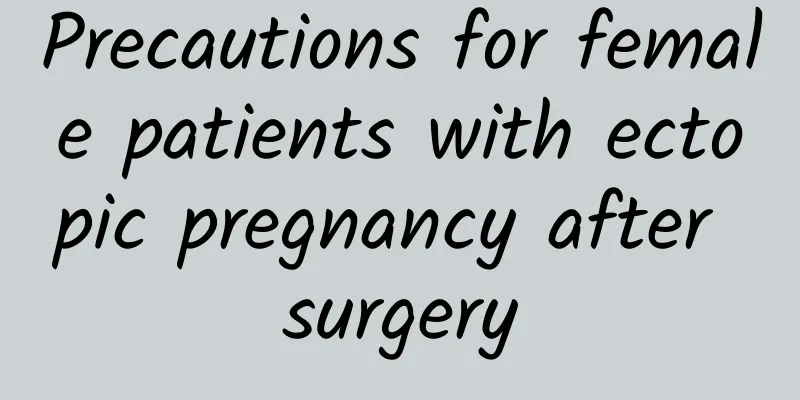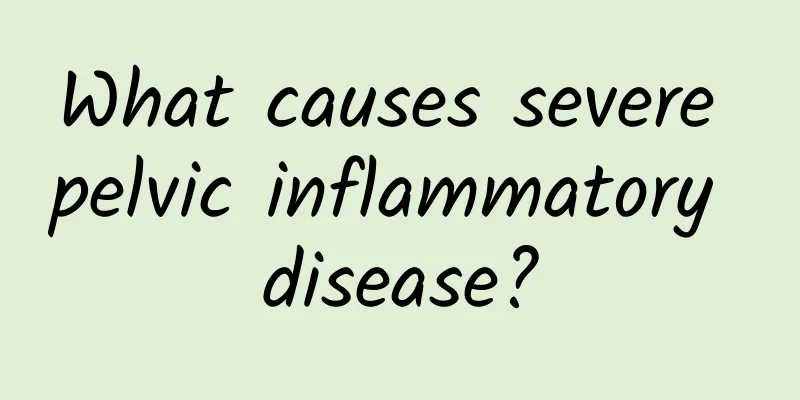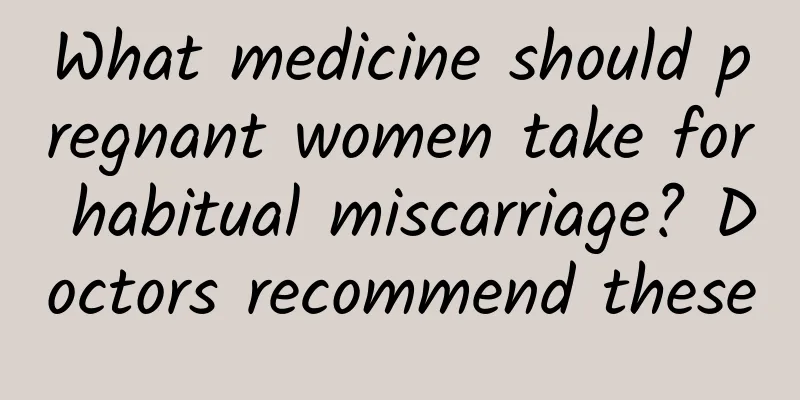What are the misunderstandings in the treatment of uterine fibroids? What are the correct treatments for uterine fibroids?
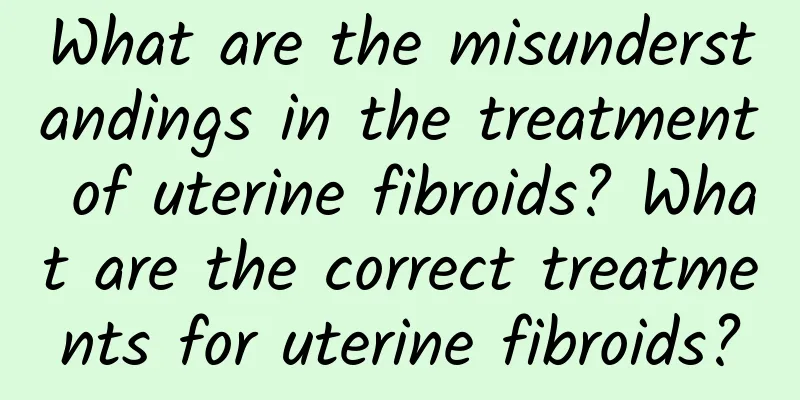
|
In recent years, many women have been troubled by uterine fibroids. Uterine fibroids have been on the rise in our lives in recent years. When we find uterine fibroids, we should treat them in time, but many patients have misunderstandings in treatment. So, what are the misunderstandings about the treatment of uterine fibroids? Specifically, how to treat uterine fibroids correctly? What are the misunderstandings about the treatment of uterine fibroids? 1. Overtreatment Studies have shown that the abuse of surgery is extremely harmful. In addition to the common side effects of surgery, there are also recurrence, aggravated endocrine dysfunction caused by surgical damage, ovarian dysfunction, and a high susceptibility to reproductive system inflammation. The medical community is suspected of abusing surgery. Europe has already legislated on uterine surgery, but there are still many doctors and patients in my country who believe that fibroids should be removed as soon as possible. 2. One-size-fits-all Uterine fibroids are common. Although only one tumor is seen under B-ultrasound, there are often invisible small lesions - "seed fibroids". Any uterine surgery may stimulate the growth and mutation of such tiny lesions. Experts remind that to effectively prevent recurrence, it is necessary to use drugs in a standardized and systematic manner, regulate the levels of hormones and their corresponding receptors according to the pathogenesis, and promote the balance and coordination of organ functions. Only in this way can we truly relieve our worries. 3. Let it go Some fibroid patients believe that, in any case, there are no obvious uncomfortable symptoms and that fibroids will naturally subside after menopause. In fact, this is the most common misunderstanding in the treatment of uterine fibroids. Experts remind that it is very important not to risk your life and health, and to intervene in time to control the development of the disease. Standardized and reasonable drug treatment can not only reduce the lesions, but often completely eliminate fibroids for many patients. How to treat uterine fibroids correctly 1. Conservative treatment Conservative treatment of uterine fibroids must meet the following conditions: the tumor size does not exceed 6 weeks of pregnancy; the patient is postmenopausal and asymptomatic; and the patient cannot tolerate the pain of surgery. Conservative treatment is divided into two categories: expectant treatment and drug treatment. 2. Surgical treatment The applicable conditions for surgical treatment are as follows: the size of the fibroid is close to the size of the pregnant uterus for more than one and a half months. However, if the fibroid grows rapidly, the fibroid protrudes from the abdominal cavity and has a tendency to twist, surgical resection should also be performed. Surgical treatment is divided into hysterectomy and hysterectomy and laparoscopic myomectomy. 3. Minimally invasive coagulation technique This is a high-end medical technology that integrates various electronic technologies. It is suitable for the following people: large uterine fibroids leading to pelvic congestion, obvious clinical compression or depression symptoms; uterine volume increase up to 3 months of pregnancy. Increased menstrual volume, severe secondary anemia. 4. Traditional Chinese Medicine Phlegm dampness Main symptoms: lower abdominal mass, sometimes painful, soft and with more. Cold will bring white sticky, cold body, chest tightness, urine, white greasy tongue coating, dark purple tongue, pulse and smooth. Heat will bring yellow sticky, smell, even pus, chest tightness and irritability, fever and thirst, less yellow urine, yellow greasy tongue coating, red tongue, stringy or slippery pulse. Treatment: Qi, phlegm, eliminate symptoms. Blood stasis Main symptoms: The intracellular mass is hard and fixed, the pain is resistant to pressure, accompanied by dull complexion, skin fatigue, heavy menstruation or delayed menstruation, dry mouth and unwillingness to drink. The tongue is red with petechiae, and the pulse is deep and astringent. Treatment: Activate blood circulation and remove blood stasis, eliminate symptoms and disperse nodules. Qi stagnation Main symptoms: lower abdominal distension, the mass is not firm, it can be moved by pushing, or it moves up and down, and the pain is not fixed. The tongue coating is thin, white and moist, and the pulse is deep and stringy. Treatment: promote qi circulation, remove stagnation, activate blood circulation and eliminate symptoms. |
>>: How to identify uterine fibroids? What should be checked before treatment of uterine fibroids?
Recommend
How to solve the problem of small amount of fluid accumulation in pelvic inflammatory disease
Since pelvic inflammatory disease is an inflammat...
Why hasn’t my period come yet when my endometrium is 10mm?
Why hasn’t my period come yet when my endometrium...
Can I get pregnant if I have an ovarian cyst? What are the specific symptoms?
Can you get pregnant with ovarian cysts? What are...
How to quickly cure congenital absence of vagina
How can congenital absence of vagina be cured qui...
Princess Kate's postpartum anorexia nutritionist: Too thin is dangerous
According to media reports, Britain's Princes...
Which hospital can treat uterine effusion?
In real life, not all women will suffer from uter...
Obesity increases the risk of diabetes and cardiovascular disease! Is it suitable to inject "Slim Pen" for weight loss?
**Introduction to weight loss medication With the...
Why do fibroids grow outside the uterus? What are fibroids that grow outside the uterus?
Why do fibroids grow outside the uterus? What kin...
What are the factors that cause vulvar leukoplakia?
What are the factors that cause vulvar leukoplaki...
How effective is TCM treatment of ovarian cysts?
How effective is TCM treatment of ovarian cysts? ...
Are the results of vaginitis test strips accurate?
Vaginitis often troubles women. Married women acc...
How to treat conditions that cannot undergo ovarian cyst surgery?
Ovarian cysts are extremely harmful to women. Man...
Reasons why cervicitis often recurs after treatment
Cervicitis is difficult to cure completely, and r...
Help you understand how harmful threatened miscarriage is
Threatened abortion is extremely harmful. This ar...
Hyperprolactinemia drugs
Treatment for high prolactin. Prolactin is a poly...
